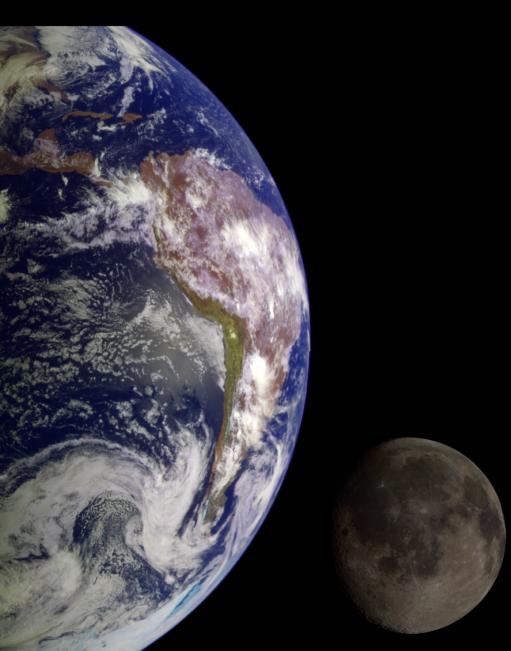Over several months in 2025, the NASA History Office presented a seminar series on the topic of Aerospace Latin America. This series explores the origins, evolution, and historical context of aerospace in the region since the dawn of the Space Age, touching on a broad range of topics including aerospace infrastructure development, space policy and law, Earth science applications, and much more.
This seminar series is part of a collaborative effort to gather insights and research that will conclude in an anthology of essays to be published as a NASA History Special Publication.
Seminars in the Series
The following presentations in this series were held virtually on Microsoft Teams from February through September 2025.
- “Governing the Moon: A History” by Stephen Buono (University of Chicago)
- “A God’s Eye View: Aviators and the Re-Conquest of Latin America” by Pete Soland (University of Houston-Downtown)
- “The ALMA Telescope: How International Partnerships Transformed Astronomy in Latin America” by Rebecca Charbonneau (American Institute of Physics)
- “Tracking NASA in Mexico: How Empalme-Guaymas Bridged Space Technology, Power, and Diplomacy” by Gloria Maritza Gomez Revuelta (Universidad de Guadalajara)
- “NASA in Chile: Technology and Branding of the Main NASA Station in Latin America during the Cold War” by Hugo Palmarola (Pontificia Universidad Católica de Chile)
- “‘Orchestrating’ Spectrum: Cuba, Communications Satellites, and U.S. Empire, 1963” by Haris Durrani (Princeton University)
- “Unpacking Latin America as an ‘Emerging’ Space Region” by Laura Delgado Lopez
- “NASA in the Most Remote Area: The Laser Station and the Landing Strip on Easter Island during the 1980s” by Pedro Alonso (Pontificia Universidad Católica de Chile)
- “On-the-Ground Labor with Outer-Space Technologies: Workers at Mexico’s Tulancingo Satellite Earth Station” by Vanessa Freije (University of Washington)
- “Looking Up and Looking North: Outer Space Imaginaries in Mexico” by Anne W. Johnson (Universidad Iberoamericana in Mexico City)
- “Under an Entanglement of Skies: A Cultural Astronomy Approach to Our Relationship with the Cosmos” Alejandro Martin Lopez (Instituto de Ciencias Antropológicas, University of Buenos Aires)
- “Lidar and Landscape Legacies in the Maya Lowlands: Insights from Belize” by Brett A. Houk (Texas Tech University, Lubbock) and Amy E. Thompson (The University of Texas at Austin)
- “Cold War and Satellite Diplomacy: The First Panamerican Symposium on Remote Sensing (Panama City, 1973)” by Sebastián Díaz Angel (Postdoctoral Researcher, CLIMASAT project, Institut d’Història de la Ciència, Universitat Autònoma de Barcelona, Spain)
- “An Ethnographic History of Brazil’s Spaceport” by Sean T. Mitchell (Rutgers University)
- “Satellites, Sterilized Flies, and the Screwworm Scourge: NASA, la Comisión Nacional del Espacio Exterior, and the Mexican-American Screwworm Eradication Campaign, 1972–1980 by Brad Massey (NASA History)



























